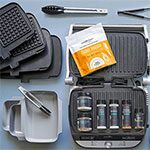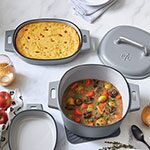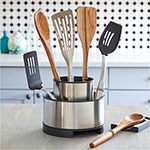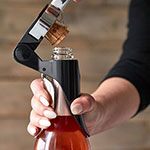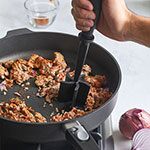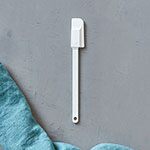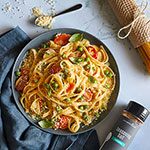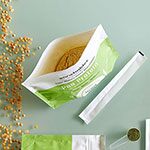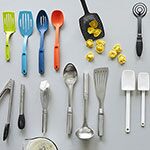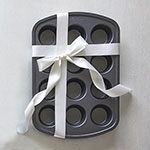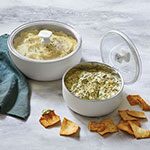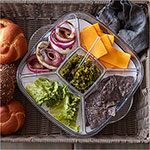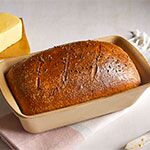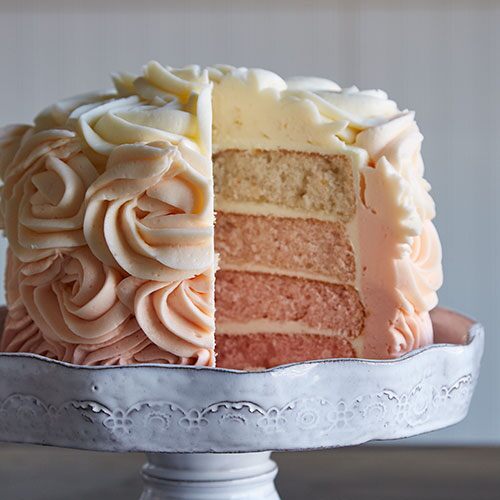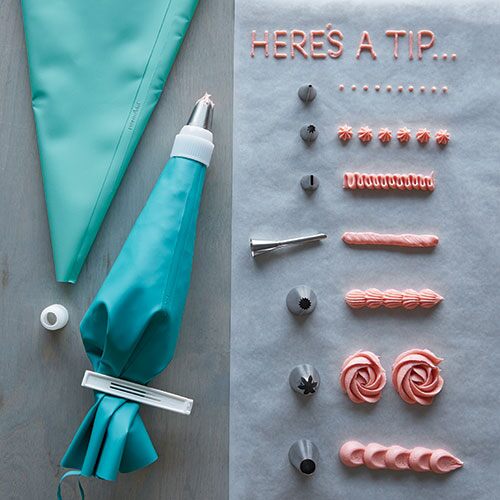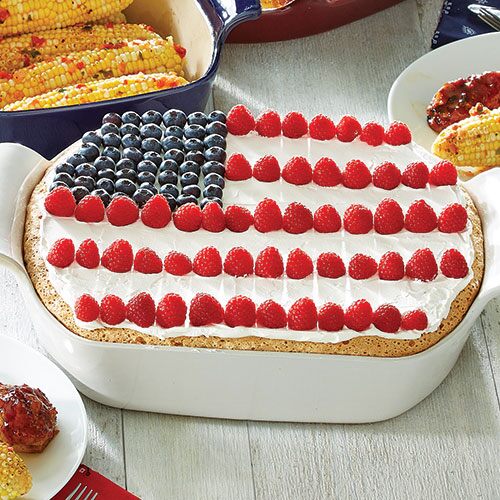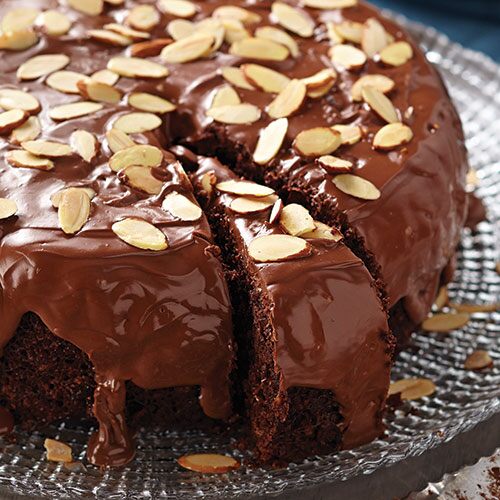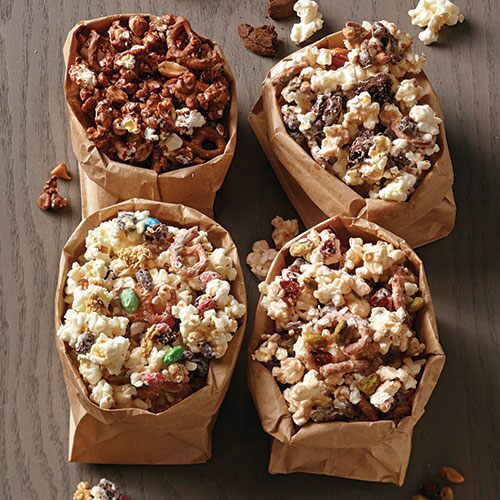Ombre Layer Cake
This stunning layered cake will be the show-stopper at your next party! “Ombre” is the French word for color that is shaded in tone. Whatever the name, we think it’s gorgeous!
Ingredients
- Cake
- Oil or butter for greasing pans
- Flour for dusting pans
- 1 pkg (15-16.5 oz or 432-461 g) white cake mix (plus package ingredients for egg white version)
- 1 tsp (5 mL) almond extract
- Food coloring, such as gel food color, concentrated food gel, or liquid drops
- Buttercream Frosting
- 3 cups (750 mL) unsalted butter (6 sticks), softened, divided
- ½ cup (125 mL) whole milk or whipping cream, divided
- 1 tsp (5 mL) almond extract, divided
- 3 lbs (1.4 kg) powdered sugar (10½ cups/2.5 L), divided
Directions
Preheat the oven to 325°F (160°C). Grease 4 Layer Cake Pans with oil or butter, and dust with flour; set them aside.
For the cake, combine all the cake ingredients (except the food coloring) according to the package directions, adding the almond extract at the same time as the water.
Transfer 1 cup (250 mL) of the batter to a cake pan. Place the remaining batter in 3 separate bowls (about 1 cup/250 mL per bowl). Select your color palette. Carefully add the desired food coloring to make 3 different shades of the same color (Aim for light, medium, and dark; see Cook’s Tips.) Stir the batter until the color is completely blended.
Pour each of the colored batters into the remaining cake pans. Bake for 19–22 minutes or until a toothpick inserted into the centers comes out clean. Remove the pans from the oven and cool for 10 minutes. Invert the cakes onto a cooling rack, then turn them over so the cakes are right-side up; cool completely.
Divide the frosting ingredients into two batches. Beat 1½ cups (375 mL) of the butter with an electric mixer on medium speed until it's light and fluffy; about 1 minute. Add ¼ cup (50 mL) of the: milk and ½ tsp (2 mL) of extract and beat on low speed. Gradually add 1½ lbs (700 g) of the powdered sugar. Continue beating on medium speed for 3 minutes, adding more milk if needed. Place the finished frosting in another bowl and repeat with the remaining ingredients.
Reserve 1½ cups (375 mL) of the frosting for the crumb coat. Place about 1⅓ cups (325 mL) of the frosting in separate medium bowls. Carefully add food coloring to each bowl to make 4 different shades. (see Cook's Tips).
Use an 8" Bread Knife to trim the crowns off of each cake layer.
To assemble the cake, place the darkest cake layer, cut- side down, on a serving plate. Frost with ¼ cup (50 mL) of the reserved white frosting, then top with the second-darkest cake layer, pressing down slightly. Repeat with the remaining cake layers. Spread a very thin layer of the remaining white frosting on the sides and top of the cake to create a crumb coat.
- Place the Large Closed Star Tip on the Large Decorating Bag and fill the bag with the darkest frosting color. Starting at the bottom of the cake, pipe a single row of rosettes (see Cook's Tips). Squeeze any remaining frosting out of the bag. Repeat with the next frosting color, pipe a single row of rosettes in the middle of the cake. Repeat with the remaining colors, using the lightest shade for the top of the cake.
Refrigerate the cake until ready to serve, but remove it from the refrigerator and let it stand at room temperature for one hour before serving.
Yield:
- 12 servings of 1 slice
Nutrients per serving:
Calories 870, Total Fat 48 g, Saturated Fat 26 g, Cholesterol 105 mg, Sodium 570 mg, Carbohydrate 113 g, Fiber 0 g, Sugars 100 g, Protein 3 g
Cook's Tips:
When tinting your cake batters, go a shade darker than you want. The cakes will lighten as they bake.
If you need make the frosting ahead of time, or you will be in a warm environment, use shortening instead of butter and water instead of milk.
When you're tinting the butter cream frosting, start with very small amount of coloring and gradually add more. Colors will darken as they set.
Before creating rosettes, place 3 toothpicks at about 1 ¼" (3-cm) from the bottom, 2 ½" (5-cm) from the bottom, and 4" (10-cm) (the top) as a marker to determine how high to pipe each rosette layer.


 Canada (en)
Canada (en) Germany (de)
Germany (de) Austria (de)
Austria (de)